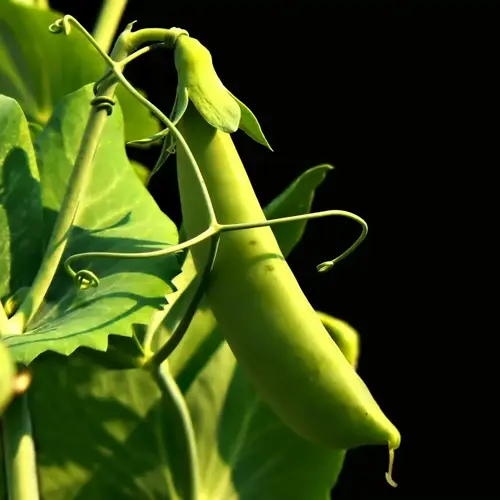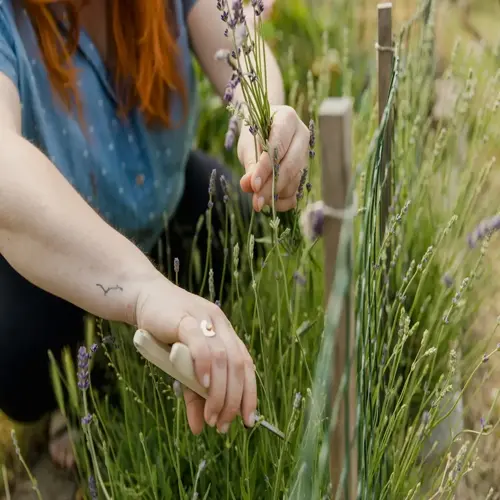Can turnips survive winter conditions?

Written by
Tina Carter
Reviewed by
Prof. Samuel Fitzgerald, Ph.D.With the right preparations turnips show excellent cold tolerance. These cold-hardy vegetables can survive winter conditions to 20°F when properly insulated. The sustainability of overwintering in cold climates is determined by three factors: the variety of turnip, the kind of insulation used, and soil drainage. I have been able to overwinter turnips in zone 5b with these tips.
Variety Selection
- Choose Purple Top Milan for extreme cold tolerance
- Scarlet Queen withstands repeated freeze-thaw cycles
- Golden Ball handles wet winter conditions effectively
- Avoid Hakurei and Tokyo Cross for overwintering
Insulation Methods
- Apply 6-12 inch straw mulch after first hard frost
- Cover with frost fabric during sub-20°F temperatures
- Create thermal mass with soil mounds around roots
- Use cold frames in exposed locations
Drainage of soil is essential for winter survival. Ice crystals cause root cells to rupture when soils are poorly drained. Improve drainage by incorporating organic matter before adding beneficial mycorrhizae. Create planting ridges to divert water runoff. I dig temporary drainage trenches around the overwintering beds to prevent water retention.
Winter harvesting techniques are useful. Dig out roots during the thaw periods when the soil is workable. Please stay away from harvesting when they are frozen solid. The greens should be cut off above the crown to prevent regrowth. Once the soil has thawed, I dig out roots with a digging fork to reduce cell damage.
Root Cellar Storage
- Maintain 32-40°F with 95% humidity
- Layer roots in damp sand or sawdust
- Separate from ethylene-producing fruits
- Inspect monthly for spoilage
In-Ground Preservation
- Leave cold-hardy varieties until needed
- Apply additional mulch before deep freezes
- Use row covers below 15°F
- Harvest before ground fully freezes
Turnips experience favorable biochemical changes at cold temperatures. When exposed to frost, starches are enzymatically converted to sugars for flavor enhancement. This process efficiently sweetens the roots while preventing the development of bitter flavors. Maintain plant growing conditions above 15 °F to avoid damage to plant cells, while allowing for the beneficial cold treatment.
Read the full article: When to Plant Turnips for Best Results

